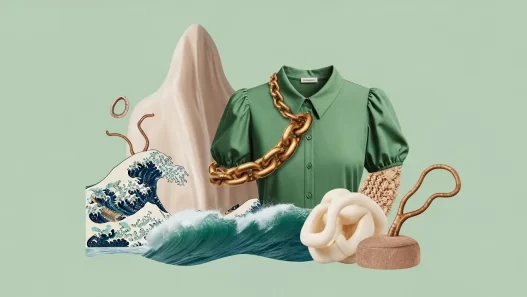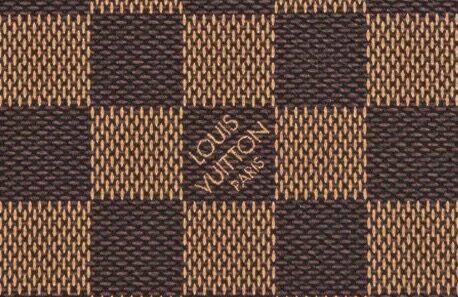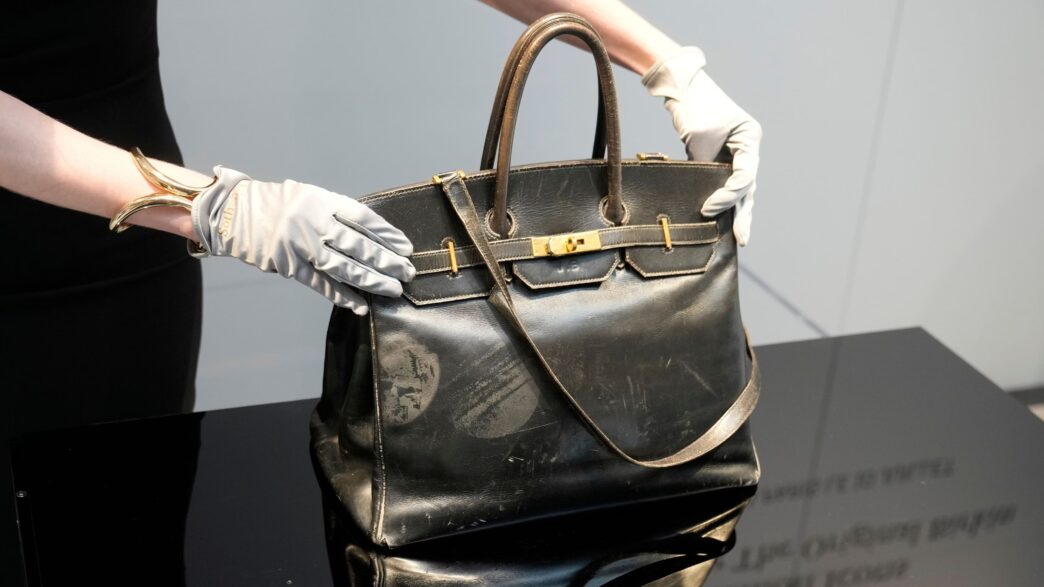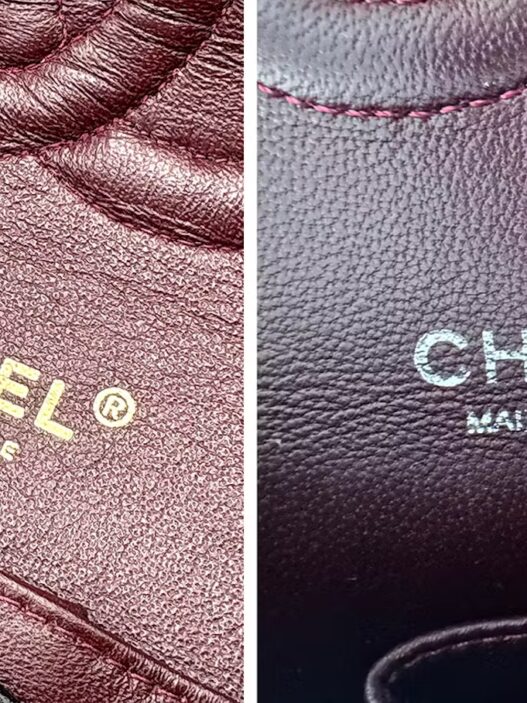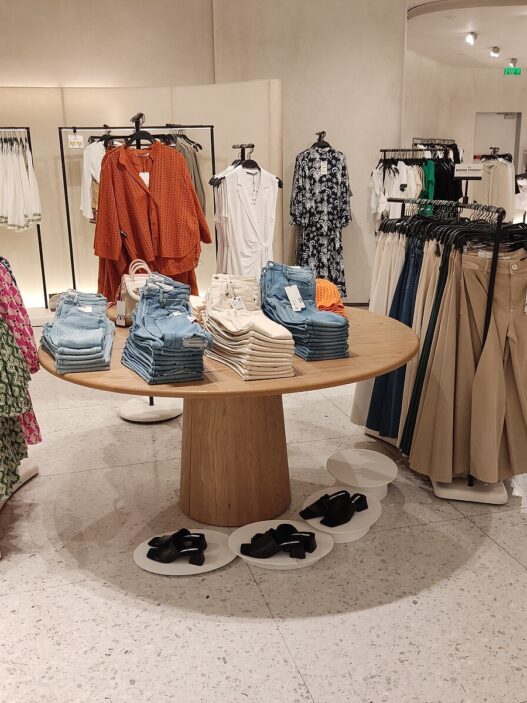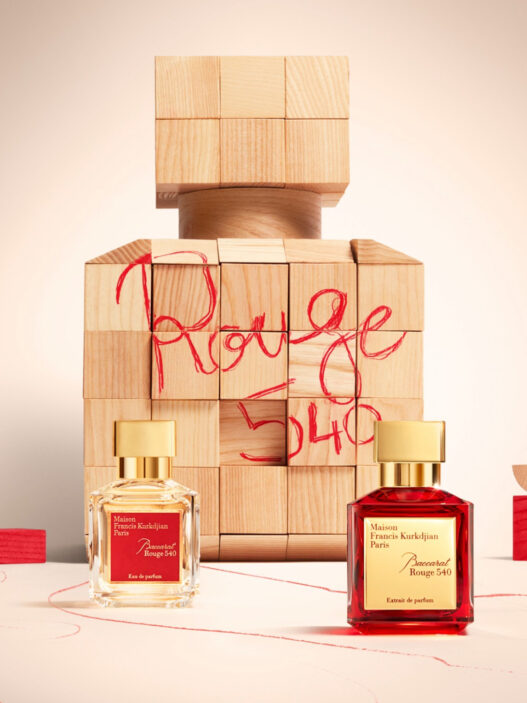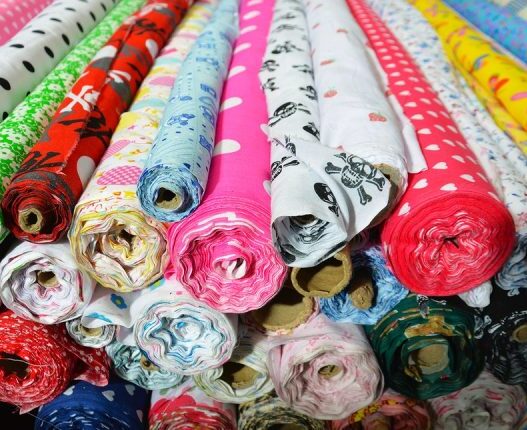Forget stocks and bonds for a moment. Have you ever considered that the beautiful handbag gathering dust in your wardrobe, or the elegant watch nestled in its box, could be a surprisingly shrewd investment? The world of luxury bags and watches offers a tangible, and dare I say, glamorous, alternative to traditional investments. But like any market, it requires knowledge and a bit of savvy to transform a passion for beautiful things into a profitable venture.
The Allure of Luxury: Bags and Watches as Collectibles
The appeal is obvious: we’re talking about exquisite craftsmanship, timeless design, and the allure of owning something rare and desirable. These aren’t just accessories; they’re status symbols, wearable art, and increasingly, investment assets. The attraction of collectibles lies in their inherent scarcity and potential to appreciate in value over time, especially coveted brands and limited editions.

Think about it: a pristine Hermès Birkin, a Patek Philippe Nautilus – these aren’t just beautiful objects, they’re symbols of enduring quality and prestige. They represent a history, a legacy, and a certain je ne sais quoi that resonates with collectors worldwide.

Understanding the Luxury Bag Investment Market
The luxury bag market, driven by brands such as Hermès, Chanel, and Louis Vuitton, has experienced significant growth. Certain Hermès Birkin bags, particularly those crafted from exotic leathers, have consistently outperformed traditional investments, such as gold and the S&P 500, in recent years. According to Art Market Research, the value of certain rare Hermès bags has risen by over 13% per year, on average.
However, not all bags are created equal. Factors like brand, material, colour, hardware, and condition significantly impact resale value. Classic styles in neutral colours tend to hold their value best. Keep an eye on limited edition releases and collaborations, which often become highly sought-after collectibles.

Furthermore, the geographical location can play a role. For instance, demand for certain Chanel models might be higher in Asia compared to Europe.
Navigating the World of Luxury Watch Investment
The luxury watch market is a complex but rewarding space. Brands like Rolex, Patek Philippe, Audemars Piguet, and Omega dominate the scene. Like bags, rarity, condition, and provenance are king. A vintage Rolex Daytona owned by a celebrity, for instance, could fetch millions at auction.
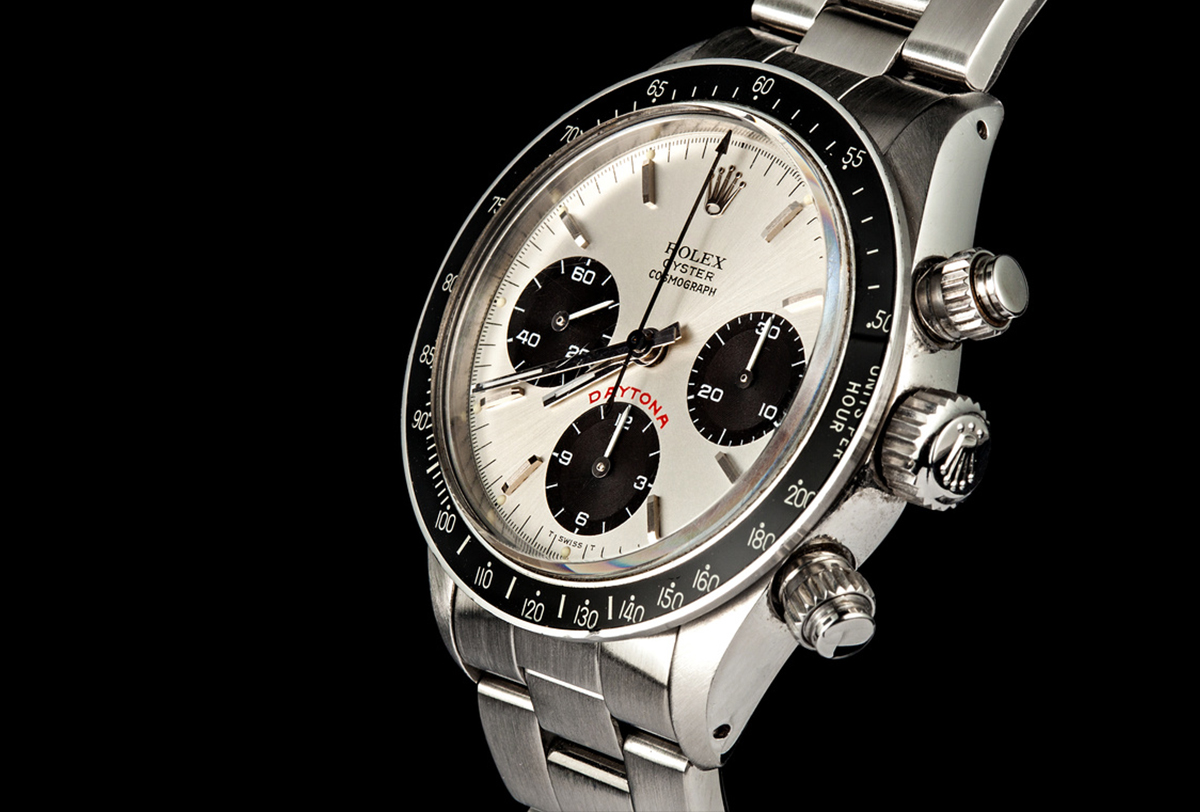
The pre-owned luxury watch market is booming, offering opportunities to acquire sought-after models at potentially lower prices. Recent trends show increased interest in vintage watches and independent watchmakers producing limited-edition pieces. According to a Deloitte report, the secondary market for luxury watches is estimated to reach £24 billion by 2025.
Key Factors Driving Value: Scarcity, Condition, and Provenance
These three elements are the holy trinity of luxury asset value.
- Scarcity: Limited editions, discontinued models, and pieces crafted from rare materials command higher prices. The fewer available, the more desirable.
- Condition: Maintaining your investment in pristine condition is crucial. Scratches, damage, or alterations can significantly reduce value.
- Provenance: The history of an item, especially if it belonged to a notable figure or has a documented past, adds significant value and intrigue.
Building a Portfolio: Diversification and Risk Management in Luxury Assets
Don’t put all your eggs in one basket, or all your money in one handbag! Diversification is key. Consider building a portfolio with a mix of brands, styles, and price points. For instance, combine classic pieces with limited editions, or watches from different brands with varying complications.
Remember that luxury investments carry risks. Market trends can fluctuate, and the value of specific items may decrease. Before investing, conduct thorough research, consult with experts, and understand the potential downsides.
Authentication, Storage, and Insurance: Protecting Your Investment
Authentication is paramount. Always purchase from reputable dealers or auction houses with established authentication processes. For bags, look for hallmarks, stitching quality, and hardware details. For watches, check serial numbers, movement authenticity, and original documentation.
Proper storage is also vital. Bags should be stored in dust bags in a cool, dry place, away from direct sunlight. Watches should be kept in their original boxes and serviced regularly.
Finally, insurance is a must. Ensure your luxury assets are adequately insured against theft, damage, and loss. Consider specialist insurance policies designed for collectibles. Don’t forget to document your collection with photos and descriptions for insurance purposes. Transaction costs, such as auction fees (typically between 10-25% for the seller and buyer), commissions, and authentication expenses, should also be factored into your calculations.
Estate planning is a crucial consideration. Consult with a professional to determine the best way to manage and transfer your luxury assets to your heirs, ensuring they understand the value and importance of these pieces.
The Future of Luxury: Trends and Predictions for Bag and Watch Investments
The luxury market is constantly evolving. Current trends include:
- Sustainability: Increasing demand for pre-owned and vintage items.
- Digitalisation: Online platforms and social media are driving market growth.
- Personalisation: Bespoke services and customised pieces are gaining popularity.
Looking ahead, demand for rare and limited-edition items is expected to continue rising. The increasing interest from younger generations, particularly millennials and Gen Z, will likely fuel further growth in both the bag and watch markets. By understanding the trends and carefully selecting your investments, you can potentially transform your passion for luxury into a rewarding financial pursuit.



